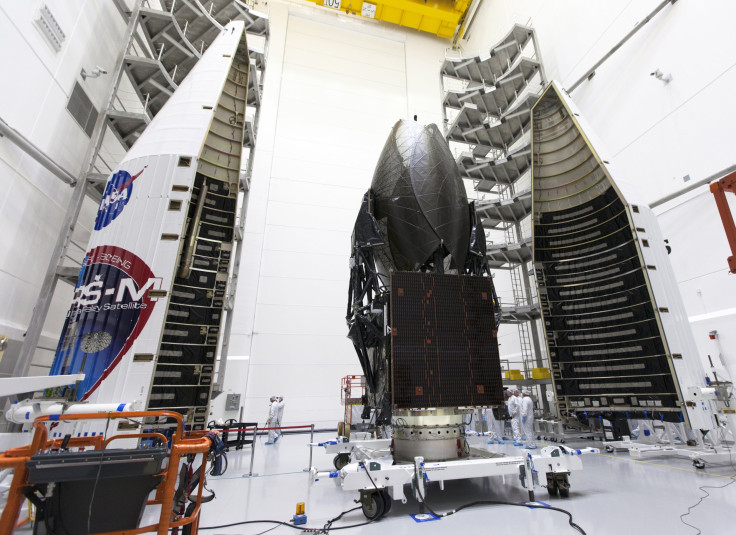NASA To Launch Tracking, Data Relay Satellite Friday

NASA will launch a tracking and data relay satellite Friday that will support space communications through the 2020s, according to NASA. The satellite is the third in a set of three new satellites that will tide NASA over until they create new technology to fill future needs.
The satellite, called the TDRS-M, is part of a broad constellation of satellites that NASA relies on that simplify the process of space communications. They effectively implement constant contact for crucial communications between the International Space Station the Hubble Space Telescope and other satellites. Now information can be sent back to Earth pretty much at any time.
The TDRS-M is part of the TDRS project that was started in 1973 to create a comprehensive network for space communications, especially for the humans and crafts that were in low-Earth orbit. The first satellite in the constellation was launched from a space shuttle mission in 1983. Once the network was underway it meant a craft no longer needed to connect with ground stations using antennas only while above the ground terminals, a limited-time option. Before the space-based network of satellites information from craft in space was intermittent.
Even though the satellite hasn’t launched yet it’s already made quite the journey. It was manufactured and tested in El Segundo, California. It was built by Boeing Space and Intelligence Systems and then it was transported via Air Force aircraft to Florida and then brought to an Astrotech facility for testing before its scheduled launch from Cape Canaveral Air Force Station.
The booster for the satellite was brought to Florida back in June and was moved out to the launch complex. The booster and upper stage for the launch were put into place at pad 41 on July 13 and have been sitting there since. The flight was originally scheduled for early August and then pushed to the 20 before the Friday date was chosen. Providing the weather is good for launch the satellite will head to orbit that day.
Once in orbit the craft will orbit 22,300 miles above the surface of the Earth and help provide a constant connection between space and Earth. Rigorous testing over the last several months have ensured that the satellite will be able to connect with the various ground stations necessary. This launch will be the 12th successful launch of satellites to the Space Network to support communications.
© Copyright IBTimes 2024. All rights reserved.




















